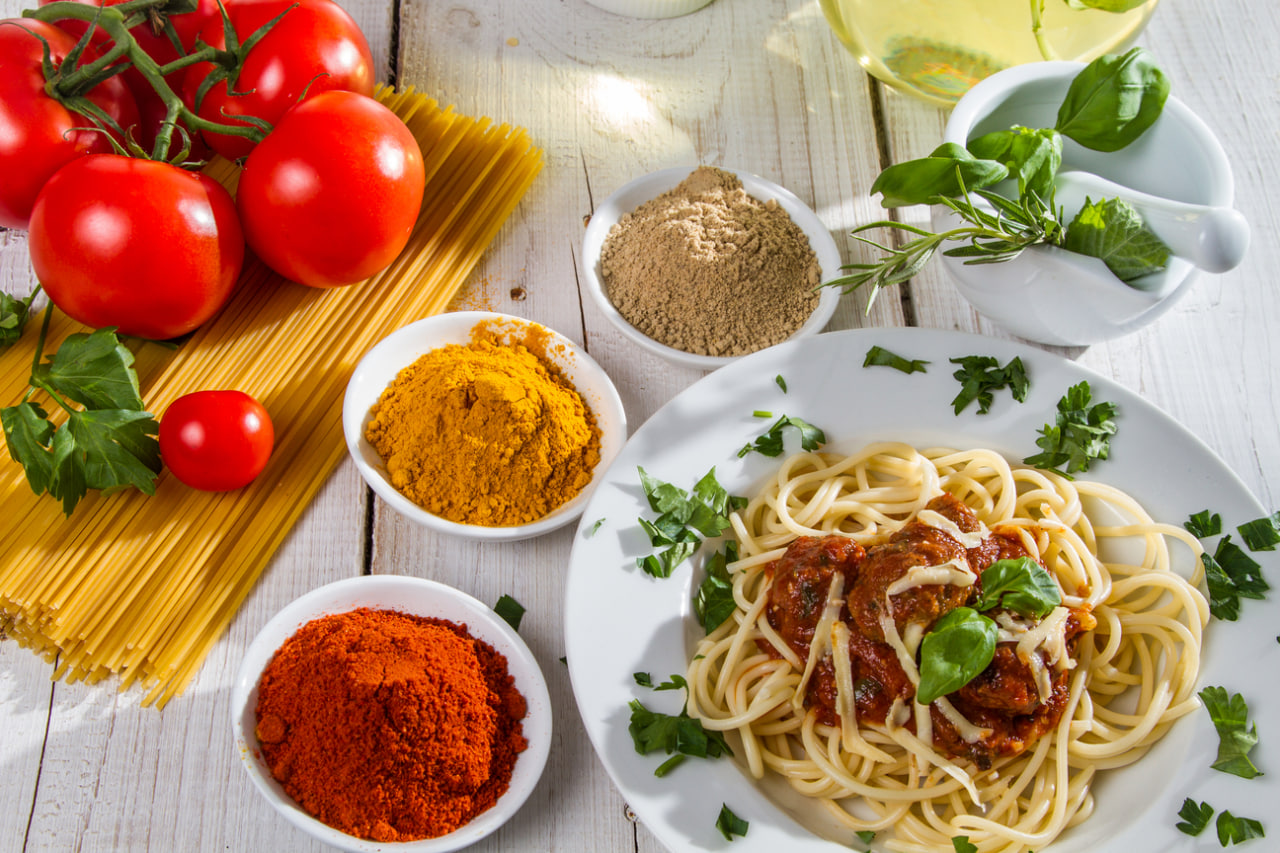Call us now:

The Importance of Presentation in Italian Cuisine
In Italian cooking, flavor is paramount, but presentation is equally significant. A beautifully plated dish enhances the dining experience, making food more appetizing and memorable. Presentation reflects care, skill, and respect for ingredients, while guiding the diner’s perception of taste and texture. Italian cuisine emphasizes harmony, simplicity, and balance, translating these principles from flavor to visual appeal.
The art of plating begins with understanding color, proportion, and arrangement. Fresh herbs, vibrant vegetables, and contrasting textures are used to create visual interest. By thoughtfully arranging each element, cooks can highlight the dish’s main components and create a cohesive, inviting presentation.
Choosing the Right Plate
The choice of plate impacts both aesthetics and functionality. White or neutral-colored plates are commonly used to make colors pop, while patterned or textured plates may add visual interest for rustic or traditional dishes. Plate size and shape should complement the portion and composition, providing enough space for creative arrangement without overcrowding.
Round plates are versatile for pasta and main courses, rectangular or square plates work well for appetizers or tasting menus, and bowls are ideal for soups, risottos, or dishes with sauces. Choosing the correct plate ensures that the dish is visually balanced and practical for serving.
Portioning and Balance
Proper portioning is essential for both taste and presentation. Each element should be sized to create harmony on the plate, with attention to visual weight and proportion. Central placement draws the eye to the main ingredient, while complementary items are arranged around it to enhance color, texture, and contrast.
Balance also involves considering height, layers, and spacing. Stacking ingredients or using vertical elements adds dimension and interest, while leaving negative space prevents the plate from appearing crowded. This approach draws attention to each component and creates an elegant, professional look.
Color and Texture Contrast
Color and texture play a crucial role in making dishes visually appealing. Fresh herbs, roasted vegetables, or vibrant sauces can provide striking contrasts, while different textures—crispy, creamy, tender—create visual and sensory variety. For example, a pasta dish topped with crisped pancetta, a drizzle of rich sauce, and fresh parsley immediately engages the diner’s senses.
Using complementary or contrasting colors enhances the visual impact. Bright reds, greens, and yellows can be paired with neutral tones to create harmony and focus attention on the main ingredients. Textures, colors, and garnishes should be chosen deliberately to highlight both flavor and appearance.
Saucing and Garnishing Techniques
Proper saucing is essential for presentation. Sauces can be drizzled, swooshed, or pooled to create artistic effects while adding flavor. Precision tools such as squeeze bottles, brushes, or spoons help achieve clean lines and consistent application. Avoiding excessive sauce ensures that the plate looks refined and balanced.
Garnishes enhance both aesthetics and taste. Fresh herbs, edible flowers, microgreens, grated cheese, or citrus zest can add color, aroma, and flavor. Each garnish should complement the dish rather than overwhelm it, maintaining authenticity while elevating visual appeal.
Layering and Composition
Layering ingredients thoughtfully enhances both flavor and presentation. Placing protein on a bed of vegetables, stacking pasta with sauce, or layering risotto with complementary toppings creates depth and sophistication. Attention to symmetry, asymmetry, and focal points ensures that the plate looks intentional and visually pleasing.
Composition also involves the arrangement of contrasting shapes and sizes. Using small, medium, and large elements creates rhythm and movement on the plate, guiding the diner’s eye and making the dish feel dynamic. Each placement contributes to a cohesive story that reflects the chef’s creativity and attention to detail.
Cleanliness and Precision
Clean plates and precise presentation are hallmarks of professional Italian cuisine. Wiping the edges of the plate, removing stray ingredients, and carefully placing each element ensures a polished appearance. Even simple dishes benefit from attention to detail, as precision communicates care and elevates the overall dining experience.
Using tools like tweezers or small spoons allows for delicate placement of garnishes, while consistent portioning and spacing create a sense of order and sophistication. Cleanliness and accuracy are especially important when presenting multiple courses or serving in a professional setting.
Enhancing the Dining Experience
Plating and presentation are not only about aesthetics—they influence how diners perceive and enjoy the food. A visually appealing dish can heighten anticipation, highlight key flavors, and create a memorable experience. Thoughtful arrangement reflects the chef’s understanding of taste, texture, and cultural tradition, making each meal a complete sensory journey.
By mastering plating techniques, color harmony, texture contrast, and garnishing, cooks can transform Italian dishes into visually stunning creations. Presentation complements flavor, creating an experience that is as beautiful as it is delicious, and allows home cooks and professionals alike to showcase their skill, creativity, and love for authentic Italian cuisine.
